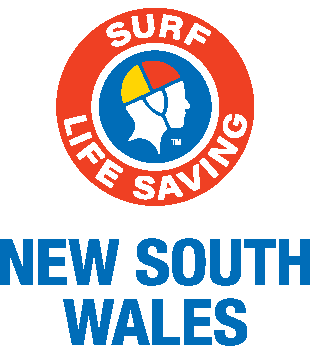Surf Lifesavers across the state are on standby for incidents, rescues and other emergencies in the lead-up to the traditionally busy and often dangerous New Year’s period.
The number of rescues over Christmas have been significant, with more than 200 rescues performed by lifesavers since 21 December, one confirmed drowning and a handful of near fatal incidents.
While lifesavers and lifeguards are bracing for the usual spate of incidents related to New Year’s Eve revelry, some parts of the state, including the Greater Sydney area and the Northern Beaches are expected to be much quieter due to COVID-related gathering restrictions.
In addition, with persistent wet weather across large parts of NSW, the crowds normally experienced on New Year’s Day across beaches may not be as significant as past years.
“New Year’s Day is traditionally one of the busiest days of the year on our beaches,” said Surf Life Saving NSW President George Shales.
“While crowds might be reduced this year due to COVID restrictions and the weather, it is still an extremely dangerous period for drownings, coastal deaths and other emergencies.
“We are urging people to play it safe around all forms of water and remember that alcohol and swimming can be a deadly combination.”
In the north of the state, lifeguards and lifesavers are preparing for increased incidents with additional support operations measures, with the focus around Byron’s Main Beach area and the Tweed.
“Byron remains a hazard due to the coastal erosion which makes it hard for us to actively patrol due to the instability along the dunes. Poor water clarity and a high tide overnight on New Year’s Eve could also create issues,” said Jimmy Keough from the Far North Coast SLS Branch.
“We will have Support Operations Duty Officers in vehicles conducting surveillance patrols early, from around 6am on New Year’s Eve and throughout the day and evening,” said Jimmy Keough.
Byron Shire Lifeguards from the Australian Lifeguard Service will be extending surveillance patrols until 2am at the popular location to try to keep people safe.
Northern NSW Lifeguard Coordinator, Scott McCartney, said that despite the wet weather, there are still plenty of people on beaches across the north coast.
“We’ll be watching for people attempting to swim under the influence, or at night as there are still lots of submerged rocks and other debris close to shore that could be dangerous to swimmers,” said Scott McCartney.
In the Greater Sydney area, including Wollongong and the Central Coast, Surf Life Saving will be working with councils to assist with ensuring the latest restrictions on groups of people gathering are observed.
“We are able to assist with monitoring crowds on beaches and we can also issue alerts via the Beachsafe website and app if councils request us to do so. These alerts can warn people that particular locations are becoming crowded and suggest they look at going to a different beach or coastal area,” said SLSNSW President George Shales.
Across the state, rescue assets including jetskis and UAVs will be conducting roving patrols to support lifesavers and lifeguards outside of patrolled locations.
30 December 2020


